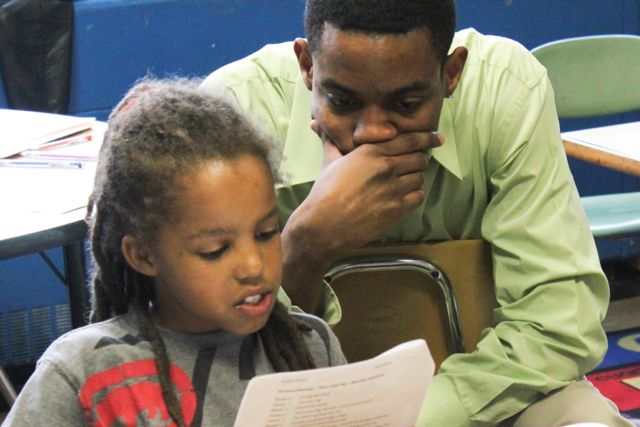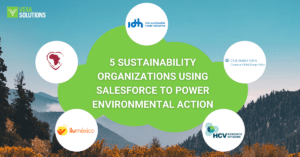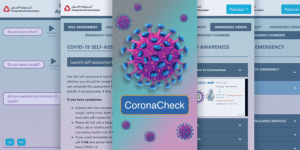Washington D.C. public education institutions lag behind national standards of excellence for on-time completion, literacy rates, and other key indicators. Eighty-three percent of public school students in the city enter the ninth grade reading below their grade level. Literacy problems do not spring up suddenly; achieving grade-level proficiency in third grade makes a crucial difference in maintaining grade-level literacy as a student advances through the school system.
Since 2009, Reach, Incorporated has worked to develop confident, grade-level readers by hiring teens enrolled in DC public schools to tutor elementary school students in out-of-school-time summer and after-school programs. Reach’s three-pronged approach incorporates:
- Training, where teen tutors meet with teachers who help them prepare lesson plans;
- Tutoring, where the high schoolers meet with elementary school students to provide reading support; and
- Compensation, whereby Reach pays tutors for their participation, with the option of performance-based raises.
Evaluations show that their programs benefit teens and elementary school students alike. Younger students advance as much as 1.5 grade levels of reading growth per program participation year, and more than 75% of tutors, who often arrive to high school between a fourth and sixth grade reading level, read at or above grade level by eleventh grade. Whereas the DC public school system has an on-time graduation rate of 58%, more than 90% of Reach tutors and alumni are on track to graduate high school on time.
This year, 250 tutors and elementary students will participate in Reach’s programs, and, as they continue to scale, Reach’s leadership began investigating more powerful options for storing and analyzing data about their participants. Mark Hecker, Reach’s founder and Executive Director, explained why they chose Salesforce: “As we aim for and become more adept at higher-level data analysis, Salesforce is the tool with a high enough ceiling to match Reach’s growing capacity.”
Vera worked with Reach to design an application that staff use to track and manage essential information about tutors and elementary students, like attendance and performance metrics. The system also facilitates donor management. Reach and Vera designed custom pages to reflect Reach’s existing processes, increasing the ease of data entry. Flexibility in the system’s design means that Reach can consistently track students as they transfer schools or programs, and the application allows Reach to seamlessly import donation information from their web-based donation tool into the Salesforce donation module.
Before using Salesforce, Reach employees would often exchange information about students and tutors via text messages. If someone was left off a group message or a text was accidentally deleted, the observation about that student never reached its intended recipient. Salesforce’s built-in Chatter feature has replaced texting, and conversations about individual students’ performance and progress are now recorded and grouped together on the Chatter feed on that student’s Salesforce record.
User adoption has been smooth, and Reach staff say they find the application intuitive and easy to use. Capturing data collected from baseline, midline, and endline assessments of elementary schoolers and tutors has been streamlined, and Salesforce’s powerful reports and dashboards have made analyzing those assessments a much less arduous process.
What’s next? As Reach continues to scale, they look forward to developing internal capacity to take a deeper dive into their data. Building out a team focused on analytics is a priority, and this system is the cornerstone of these goals. “As our capacity increases in analyzing the data on our students,” Mark says, “our system matches it.”




